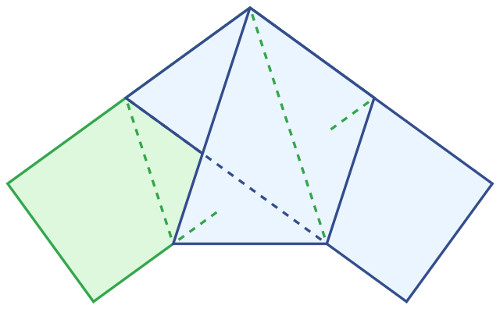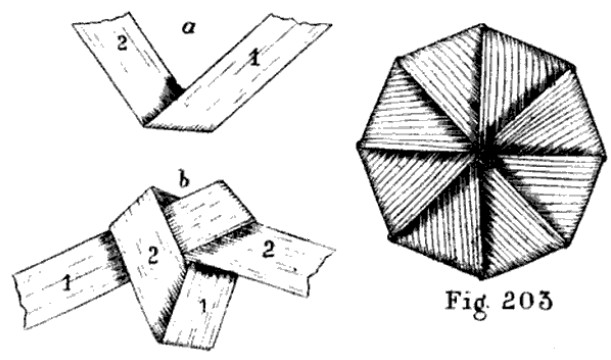In the summer of 1997 mathematician Lionel Levine discovered a sequence of numbers: 1, 2, 2, 3, 4, 7, 14, 42, 213, 2837, … . It’s made up of the final term in each row of this array:
1 1
1 2
1 1 2
1 1 2 3
1 1 1 2 2 3 4
1 1 1 1 2 2 2 3 3 4 4 5 6 7
1 1 1 1 1 1 1 2 2 2 2 2 2 3 3 3 3 3 4 4 4 4 5 5 5 5 6 6 6 7 7 7 8 8 9 9 10 10 11 12 13 14
…
The array is built from a simple rule. Start with 1 1 and regard each line as a recipe for building the next one: Read it from right to left and think of it as an inventory of digits. The first line, 1 1, would be read “one 1 and one 2,” so that gives us 1 2 for the second line. The second line (again, reading from right to left) would be read “two 1s and one 2,” giving 1 1 2 for the third line.
And so on. That’s it. It’s excruciatingly simple, “yet it seems likely that the 20th term say is impossible to compute,” wrote N.J.A. Sloane that November. At that time only 15 terms were known, the last being 508009471379488821444261986503540. Two further terms have since been found, bringing us up to 5347426383812697233786139576220450142250373277499130252554080838158299886992660750432. And the 20th is still out of sight.
See the link below (page 15) for more.
(Neil J.A. Sloane, “My Favorite Integer Sequences,” in C. Ding, T. Helleseth, and H. Niederreiter, Sequences and Their Applications: Proceedings of SETA ’98, 2012, 103-130.)



